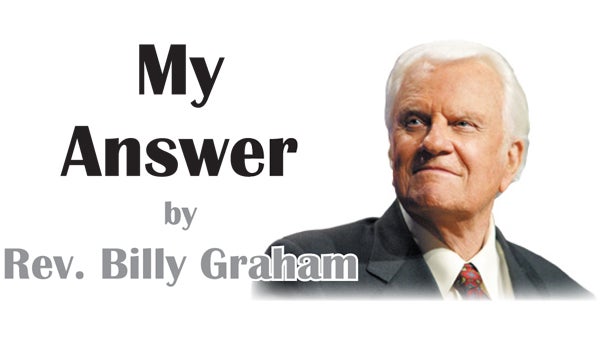Great public spaces are unique, connected and serve a purpose
Published 8:35 am Wednesday, October 31, 2018
What makes a great public space? Some might say that a great place can only be found in the eye of the beholder. But a professor at the University of Denver has studied American and European models of public spaces and has drawn some interesting conclusions about what makes a public space great.
The first component to a great public space is centrality. A great public space must be central to the people which are intended to utilize the space. Popular right now in the Planning world is the concept that citizens should be able to reach about 90 percent of their daily activities within a 20-minute walk time. This serves to identify a central area in a neighborhood which would be ideal for a great public space.
Secondly, a great public space must be connected. By this I mean a great public space should be well connected by transportation networks. This specifically doesn’t mean cars either. A great public space should be well connected to other street networks, trail networks, transit routes, and sidewalk networks. It needs to be easy for citizens to access on multiple levels from walking to driving and should be an area hard to avoid when leaving your neighborhood or community.
Lastly, having cachet is a vital component of a great public space. Cachet, in this context, means having a distinction or a uniqueness about the public space. Think about what would make one public space different from any other. It may be a fountain, a statue, a mural, unique architectural facades, or other elements. In many European cities civic buildings or churches surround the public space creating beautiful, unique “walls” to the public space each uniquely different from the other. In New York City, the “walls” of Times Square are animated with fluorescent and flashing lights displaying larger-than-life advertisements providing something unique to Times Square visitors.
Great public spaces don’t only have to be squares in the middle of a city, but can be specific, tight areas that incorporate these elements, such as our downtown or the West G Street commercial district near Kiwanis Park. We need to think about how we can incorporate centrality, connectivity, and cachet into areas in our communities to take them from public spaces to great public spaces. Let’s talk about it!
(Jon Hartman is Director of Planning & Economic Development for the City of Elizabethton. He can be contacted at: 542-1503 or by e-mail at: JHartman@CityofElizabethton.org)



